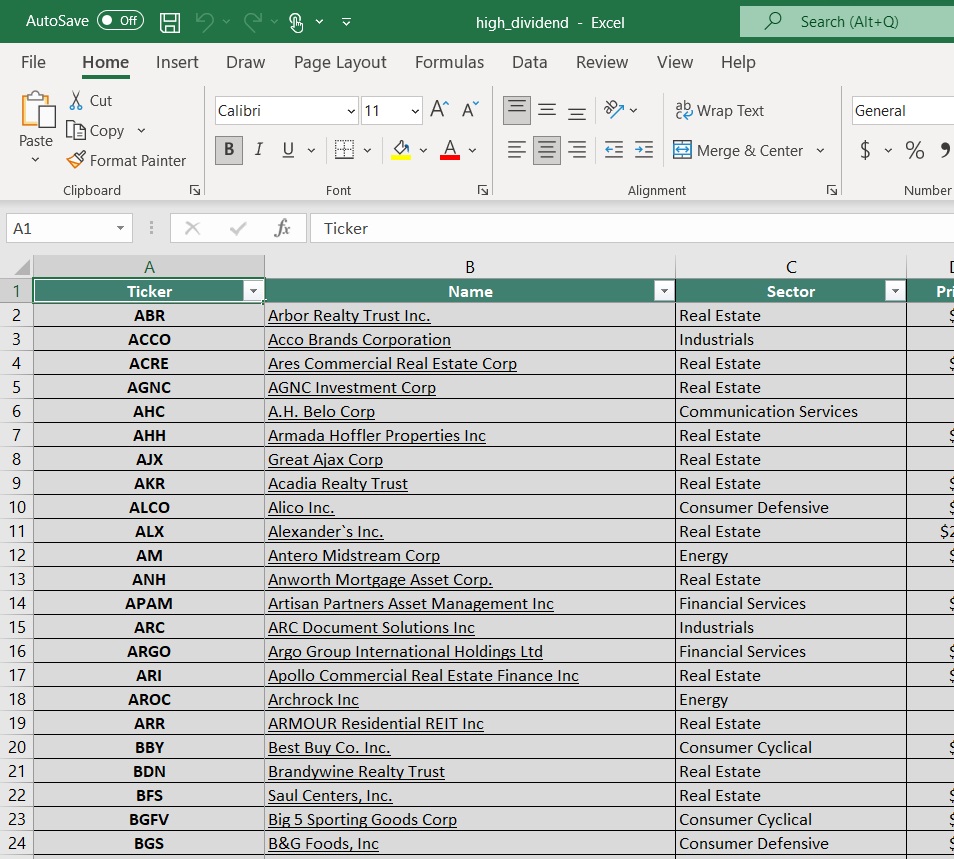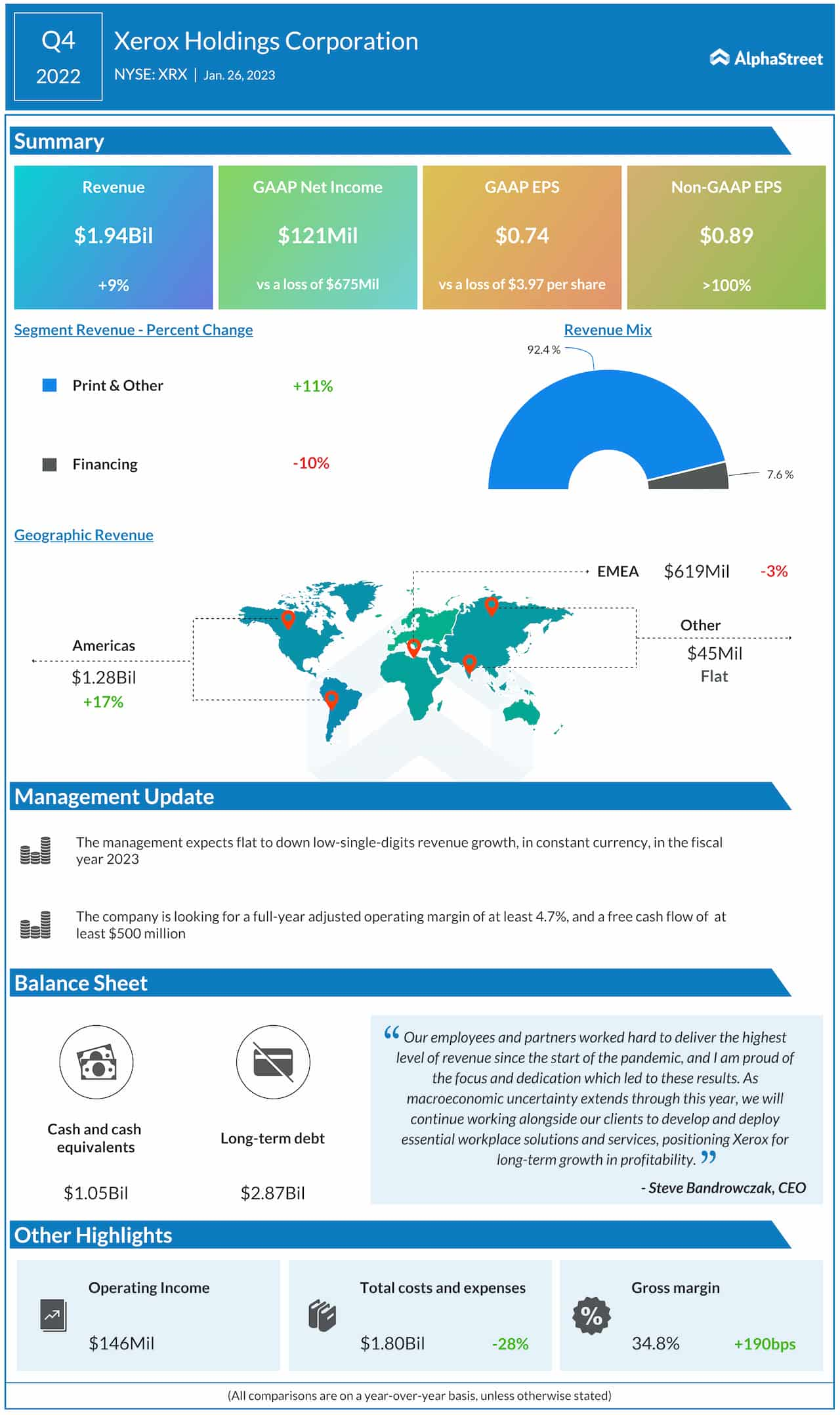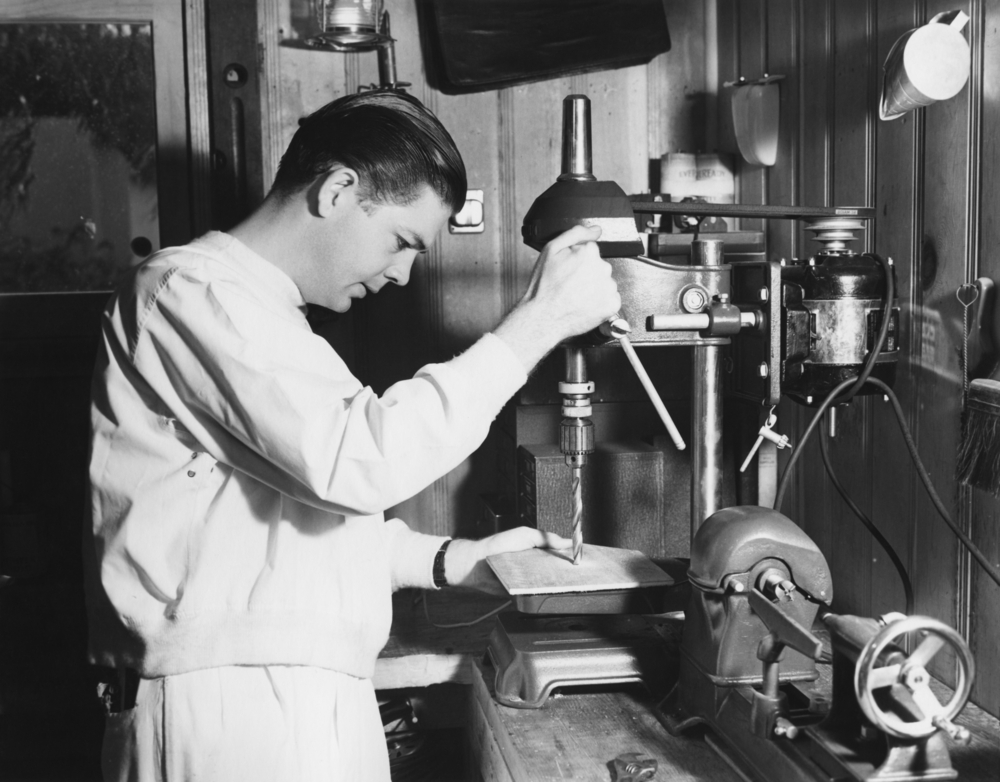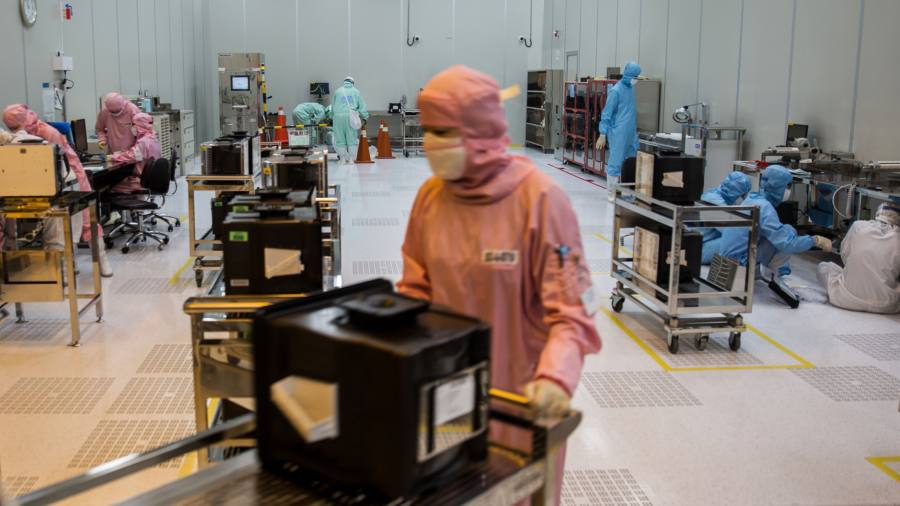Updated on January 25th, 2023 by Felix Martinez
Investing in high-quality dividend growth stocks can lead to outstanding long-term returns. Investors looking for dividend income and sustainable growth should start with the Dividend Aristocrats, an exclusive group of companies that have raised their dividends for 25+ consecutive years.
With this in mind, we created a full list of all 65 Dividend Aristocrats and essential financial metrics like dividend yields and price-to-earnings ratios.
You can download an Excel spreadsheet with the full list of Dividend Aristocrats by using the link below:
There are only 65 Dividend Aristocrats. This article will review diversified industrial manufacturer Stanley Black & Decker (SWK).
Stanley Black & Decker has an amazing track record of dividend payments. The company has paid dividends for 146 years and has increased its dividend yearly for 55 consecutive years. Today, the company’s dividend appears very safe relative to its underlying fundamentals.
It now ranks among an even more exclusive club than the Dividend Aristocrats. Stanley Black & Decker is a member of the Dividend Kings, a group of just 48 companies with 50+ consecutive years of dividend increases.
The Dividend Aristocrats and Dividend Kings are the best of the best when it comes to dividend growth stocks. This article will discuss the qualities that have made Stanley Black & Decker a time-tested dividend growth stock.
Business Overview
Stanley Black & Decker is the result of Stanley Works’ $3.5 billion acquisition of Black & Decker in 2009. Stanley Works and Black & Decker were both named after their respective founders. Stanley Works was formed in 1843 when Frederick Stanley started a small shop in New Britain, Connecticut, where he manufactured bolts, hinges, and other hardware. His products developed a reputation for their quality.
Meanwhile, Black & Decker was started by Duncan Black and Alonzo Decker in 1910. Like Stanley, they opened a small hardware shop. In 1916, they obtained a patent to manufacture the world’s first portable power tool. Over the next 175 years, Stanley Black & Decker has steadily grown into one of the world’s largest industrial product manufacturers.
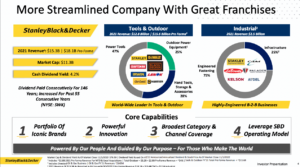
Source: Investor Presentation
Its main products include hand tools, power tools, and related accessories. It also produces electronic security solutions, healthcare solutions, engineered fastening systems, and more.
Revenue growth has accelerated over the past two decades. Today, Stanley Black & Decker has a market capitalization of $12.9 billion, which makes it a large-cap stock.
The company has annual sales of more than $15 billion. It operates three business segments: Tools & Storage, Security, and Industrial products.
The company has produced excellent growth rates in recent years primarily due to an aggressive acquisition strategy.
Growth Prospects
Stanley Black & Decker’s growth prospects are promising. The company maintained a strong growth rate in 2021, even as the global economy was experiencing a normalization to adjust for the coronavirus pandemic and dealing with supply chain issues.
Stanley Black & Decker reported third-quarter earnings results on 10/27/2022. For the fourth quarter, revenue increased 9% to $4.1 billion, while adjusted earnings-per-share fell 73% to $0.76.
The organic revenue decline was -5% for Tools & Storage. Industrial segment net sales increased 5% versus the third quarter of 2021 as price and volume were partially offset by currency and the Oil & Gas divestiture.
Acquisitions have helped shape Stanley Black & Decker’s product portfolio. For example, in 2017, Stanley Black & Decker closed on the $1.95 billion acquisition of the Tools business of Newell Brands (NWL). This acquisition strengthened the company’s foothold in tools and added the high-quality Irwin and Lenox brands to the product portfolio.
Not only that, but in 2017 Stanley Black & Decker also acquired the legendary Craftsman brand from Sears Holdings for $900 million. Both deals were immediately accretive to the company’s bottom line in 2017. Smaller acquisitions have continued in the years since.
The. company also plans to reduce costs, as outlined in the image below.

Source: Investor Presentation
Competitive Advantages & Recession Performance
Stanley Black & Decker’s main competitive advantages are its brand portfolio and global scale. Innovation and scalability are at the core of the company’s growth strategy. It has a leadership position in its three product categories, and its brand strength gives the company pricing power, leading to high-profit margins.
Furthermore, it is relatively easy for the company to scale up its brands, thanks to distribution efficiencies.
To retain these competitive advantages, Stanley Black & Decker constantly invests in product innovation. That said, Stanley Black & Decker is not immune from recessions. Earnings declined significantly in 2008 and 2009. As an industrial manufacturer, Stanley Black & Decker is reliant on a strong economy and a financially-healthy consumer.
Stanley Black & Decker’s earnings-per-share during the Great Recession are below:
- 2007 earnings-per-share of $4.00
- 2008 earnings-per-share of $3.41 (15% decline)
- 2009 earnings-per-share of $2.72 (20% decline)
- 2010 earnings-per-share of $3.96 (46% increase)
Despite the steep decline in earnings from 2007-2009, Stanley Black & Decker recovered just as quickly. Earnings-per-share increased another 32% in 2011 and reached a new high. Earnings have continued to grow in the years since.
Valuation & Expected Returns
Using the current share price of ~$86 and expected earnings-per-share for 2022 of ~$4.40, Stanley Black & Decker has a price-to-earnings ratio of 19.6. This is higher than the long-term average valuation of 16.5.
Stanley Black & Decker stock appears to be overvalued, given that its price-to-earnings ratio is higher than its historical norm, which is also our fair value estimate for the stock. If the stock’s valuation were to compress to meet its historical average by 2027, investors would experience a 2.8% headwind to annualized total returns over this time.
Going forward, returns will, therefore, likely be comprised of earnings growth, dividends, and valuation multiple compression. Due to organic growth and acquisitions, we feel that an expected EPS growth rate of 8% per year is sustainable.
The stock has a current dividend yield of 3.73%. Based on this, total returns would reach approximately 8.9% per year, consisting of earnings growth, dividends, and valuation multiple compression. This is not an attractive rate of return, meaning Stanley Black & Decker earns a hold recommendation.
Final Thoughts
Stanley Black & Decker is not a high-yield stock, but it has all of the qualities of a strong dividend growth stock. It has a top position in its industry, strong cash flow, and durable competitive advantages.
The company’s positive growth outlook bodes well for the dividend. The stock appears overvalued today. Additionally, Stanley Black & Decker will very likely continue to hike its dividend each year for the foreseeable future.
Since the stock is expected to produce 8.9% annualized total returns over the next five years, Stanley Black & Decker stock remains a hold for long-term dividend growth investors.
Additionally, the following Sure Dividend databases contain the most reliable dividend growers in our investment universe:
If you’re looking for stocks with unique dividend characteristics, consider the following Sure Dividend databases:
The major domestic stock market indices are another solid resource for finding investment ideas. Sure Dividend compiles the following stock market databases and updates them monthly:
Thanks for reading this article. Please send any feedback, corrections, or questions to [email protected].




